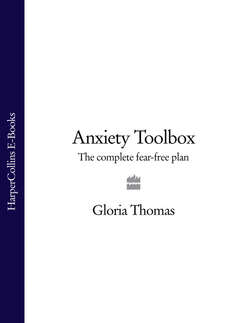Читать книгу Anxiety Toolbox: The Complete Fear-Free Plan - Gloria Thomas - Страница 51
Post-Traumatic Stress Disorder (PTSD)
ОглавлениеWhilst phobias and panic attacks are usually based on distorted or irrational fears, Post-Traumatic Stress Disorder, or PTSD, is caused by exposure to a real-life event that has a traumatic effect on the psyche. When traumatic situations deal your nervous system a real shock, the effects can last for years following the event. PTSD has been described as a normal human response to an abnormal condition. It is estimated that it affects approximately 1 per cent of the UK population and 5.2 million Americans. Women are more likely to develop it than men and it can occur at any age, including during childhood.
The original event that is at the root of the disorder can either be witnessed or experienced. Any reminder of this event triggers flashbacks and severe worry and anxiety. Such experiences can be very traumatic indeed and can be related to everything from witnessing the death of a loved one, to being involved in a car crash or a mugging, or seeing a natural disaster such as an earthquake or an avalanche. It is now accepted that people who suffer from bullying can also have PTSD.
People suffer from PTSD at different levels. If the trauma is mild some people can quickly recover. However, more disturbing recollections and persistent flashbacks and nightmares can take some time to recover from. Any ordinary everyday experiences can remind the individual of the original event, causing them to relive the trauma all over again. It has been suggested that genetics can play a role in PTSD and this could go some way to explaining why it is that some individuals exposed to trauma will suffer only a mild reaction while others develop full-blown PTSD.
